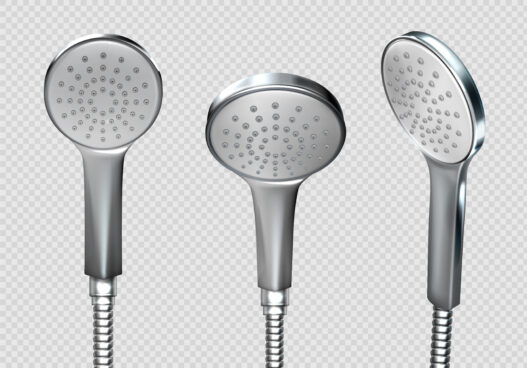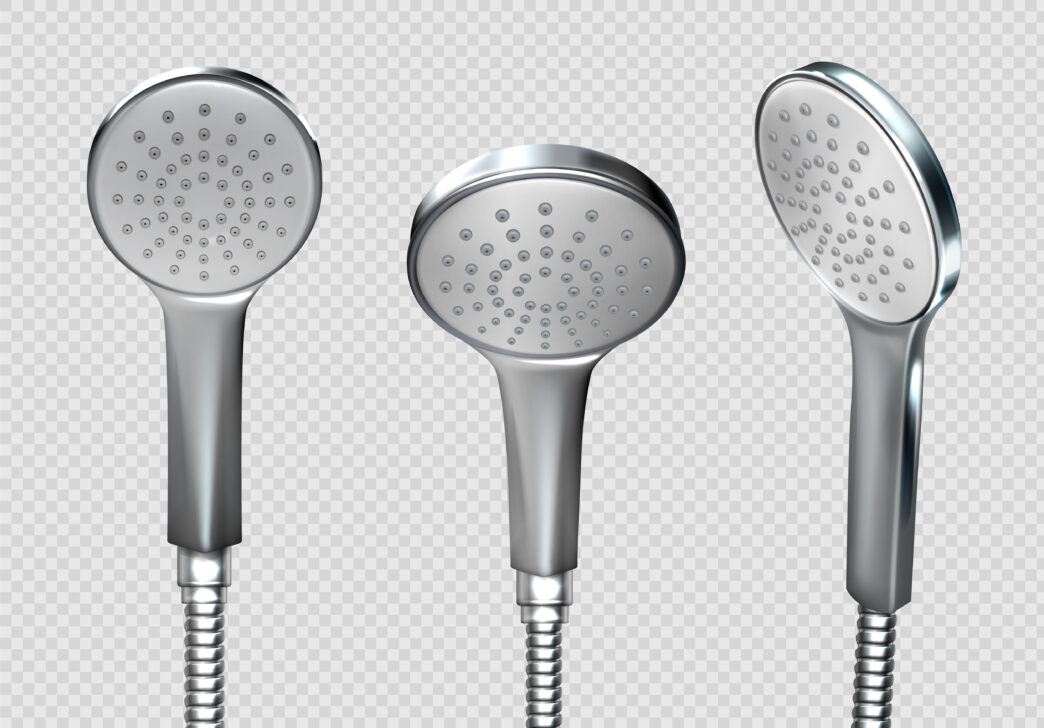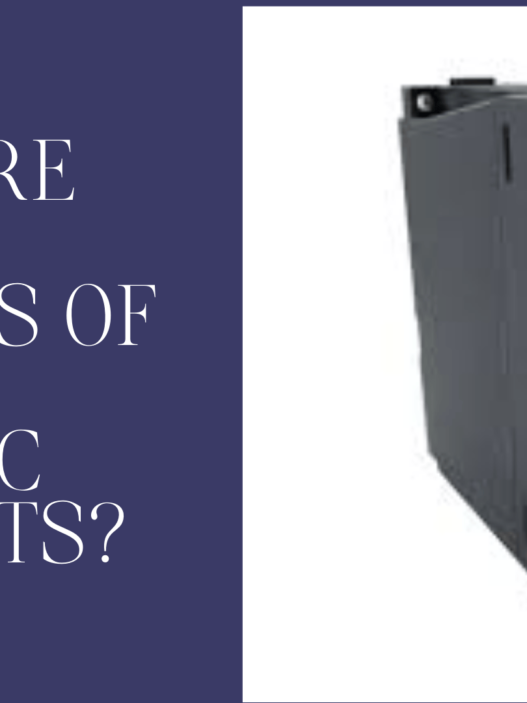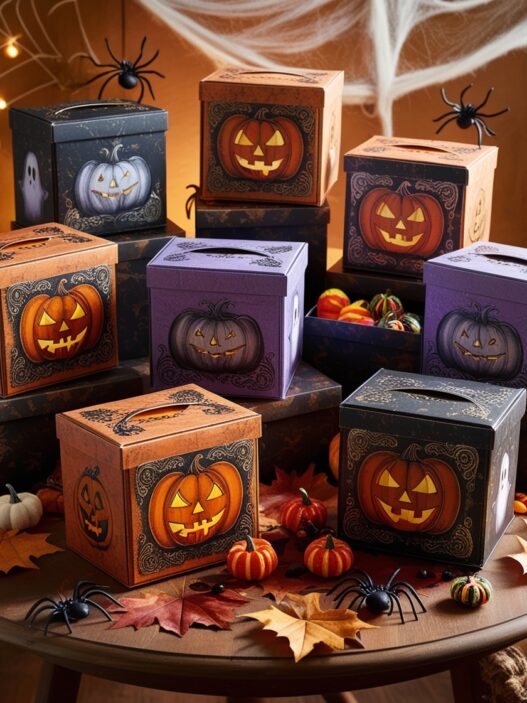When it comes to designing or renovating a bathroom, one of the most critical decisions you’ll make is choosing the right shower mixer. A shower mixer plays a crucial role in your daily showering experience, helping you control the water temperature and flow with ease. Whether you’re building a new bathroom or upgrading an old one, picking the right mixer will significantly impact your comfort and satisfaction.
In this comprehensive guide, we’ll walk you through everything you need to know about choosing the perfect shower mixer for your bathroom, including types, features, and things to consider before making a purchase. Let’s dive in!
Understanding the Basics of a Shower Mixer
A shower mixer combines hot and cold water, allowing you to adjust the water temperature and flow according to your preference. Unlike separate hot and cold taps, a shower mixer offers better control and more comfort during showers.
A mixer is typically installed in your shower unit and connects directly to your plumbing system, drawing water from both the hot and cold supplies. The key is to find the right balance between function, style, and compatibility with your bathroom’s water system.
Types of Shower Mixers
Choosing a shower mixer can be a bit overwhelming because there are various types available. Let’s explore the most common ones:
1. Manual Shower Mixer
A manual mixer is the most basic and commonly used type. It combines water from the hot and cold supply, which you control manually to get the desired temperature. These are straightforward to use but can sometimes struggle with temperature fluctuations when other appliances (like dishwashers or washing machines) are in use.
2. Thermostatic Shower Mixer
A thermostatic shower mixer is a more advanced option. It comes with a built-in thermostat that automatically regulates the water temperature. Once set, the thermostat ensures that the temperature remains consistent, even if other water outlets are being used in the house. This feature is excellent for households with children or elderly people because it reduces the risk of scalding.
3. Digital Shower Mixer
A digital shower mixer offers modern convenience with digital displays and controls. These mixers allow you to pre-set your preferred water temperature and flow. Some advanced models even allow you to control the shower remotely via smartphone apps. If you’re tech-savvy and want a sleek, high-tech shower experience, a digital mixer could be the best option for you.
4. Concealed vs. Exposed Mixers
Shower mixers can also be classified as concealed or exposed:
- Concealed Shower Mixer: In a concealed mixer, the pipework is hidden behind the wall, giving your bathroom a cleaner, more minimalist look. It’s ideal for those who want a sleek and modern aesthetic.
- Exposed Shower Mixer: In an exposed mixer, the valve and pipework are visible. These mixers are easier to install and maintain since they’re more accessible.
Factors to Consider When Choosing a Shower Mixer
Selecting the right shower mixer involves more than just picking one that looks good. Here are some important factors to consider:
1. Water Pressure Compatibility
Before you choose a mixer, you need to check your home’s water pressure system. Different mixers are designed to work with varying levels of water pressure. If your water pressure is low, opt for a mixer that works efficiently in low-pressure systems. A high-pressure system gives you more flexibility, as most mixers are compatible with it.
2. Valve Type
The type of valve used in a shower mixer is essential for controlling water flow. Most modern mixers use ceramic disc valves, which are durable and less prone to leaks. Older models may use rubber washers, which are more susceptible to wear and tear.
3. Installation Type
Decide whether you want a concealed or exposed mixer. If you’re renovating and have the option to hide the pipework, a concealed mixer offers a more aesthetically pleasing look. However, if you want an easy-to-install option, go for an exposed mixer.
4. Design and Finish
Your shower mixer should complement the overall style of your bathroom. Mixers come in a variety of finishes, including chrome, brushed nickel, and matte black. Consider choosing a finish that matches your other bathroom fixtures for a cohesive look.
5. Safety Features
Thermostatic mixers are equipped with safety features, such as anti-scald technology, which prevents the water from reaching dangerous temperatures. This is especially useful in homes with children or elderly family members, where the risk of accidental burns is higher.
Shower Mixer Maintenance Tips
Once you’ve selected the perfect shower mixer, it’s important to maintain it properly to extend its lifespan and ensure it continues to function well. Here are a few tips:
- Regular Cleaning: Clean the mixer regularly to prevent lime scale buildup, especially in areas with hard water. Use non-abrasive cleaners to avoid damaging the finish.
- Check for Leaks: Leaks can develop over time due to worn-out seals or washers. Inspect your mixer periodically for any signs of leakage.
- Service the Thermostat: If you’ve opted for a thermostatic shower mixer, have the thermostat checked and serviced periodically to ensure it maintains accurate temperature control.
FAQs about Shower Mixers
1. What is the difference between a manual and thermostatic shower mixer?
A manual shower mixer allows you to manually adjust the water temperature by combining hot and cold water. A thermostatic shower mixer, on the other hand, has a built-in thermostat that maintains a consistent water temperature, even when other water outlets are in use.
2. Can I install a shower mixer in any bathroom?
Yes, but you need to consider the water pressure in your home. Some mixers require higher water pressure to function effectively, so it’s important to choose one that is compatible with your water system.
3. Is a concealed or exposed shower mixer better?
Both have their pros and cons. Concealed mixers offer a cleaner, more minimalist look but require more extensive installation work. Exposed mixers are easier to install and maintain but may not suit all design aesthetics.
4. How do I maintain my shower mixer?
To keep your shower mixer in good condition, clean it regularly with non-abrasive cleaners and check for any signs of leaks. If you have a thermostatic mixer, ensure the thermostat is serviced periodically to maintain accurate temperature control.
5. Are shower mixers safe for children?
Thermostatic shower mixers are the safest option for homes with children. The built-in thermostat ensures that the water temperature remains consistent, reducing the risk of scalding.
Conclusion
Choosing the right shower mixer for your bathroom is a crucial decision that impacts both the functionality and aesthetics of your space. From understanding different types of mixers to considering factors like water pressure and design, this guide has provided you with all the information you need to make an informed choice. Remember, the key is to find a shower mixer that not only matches your bathroom’s design but also meets your needs for comfort, safety, and convenience.











